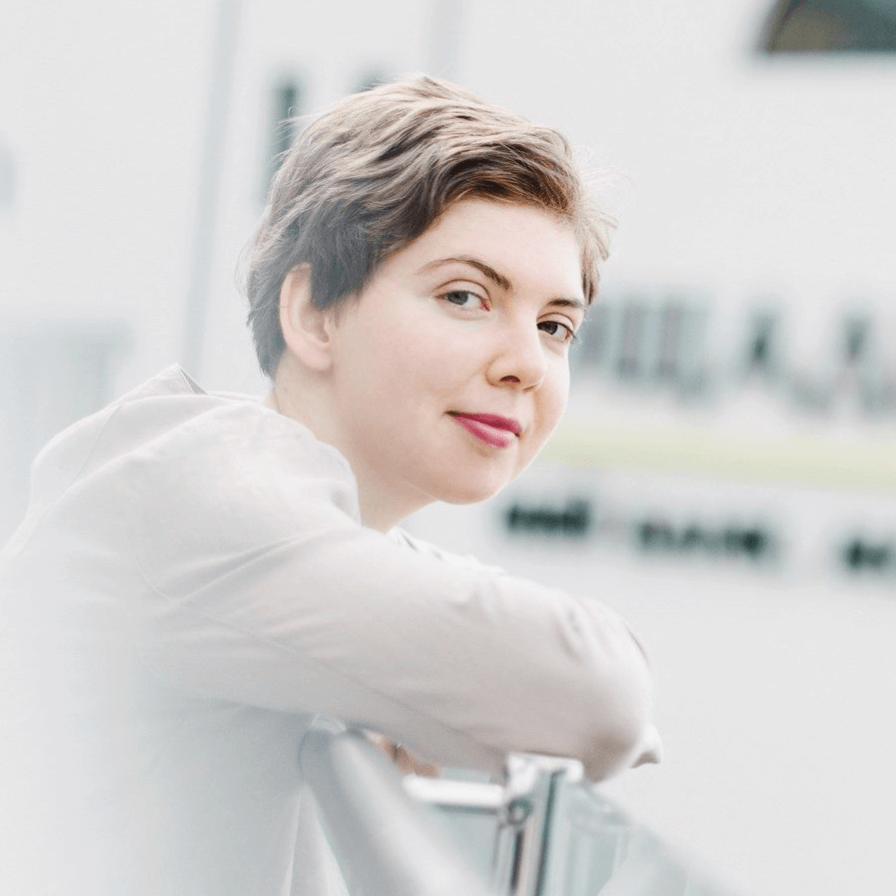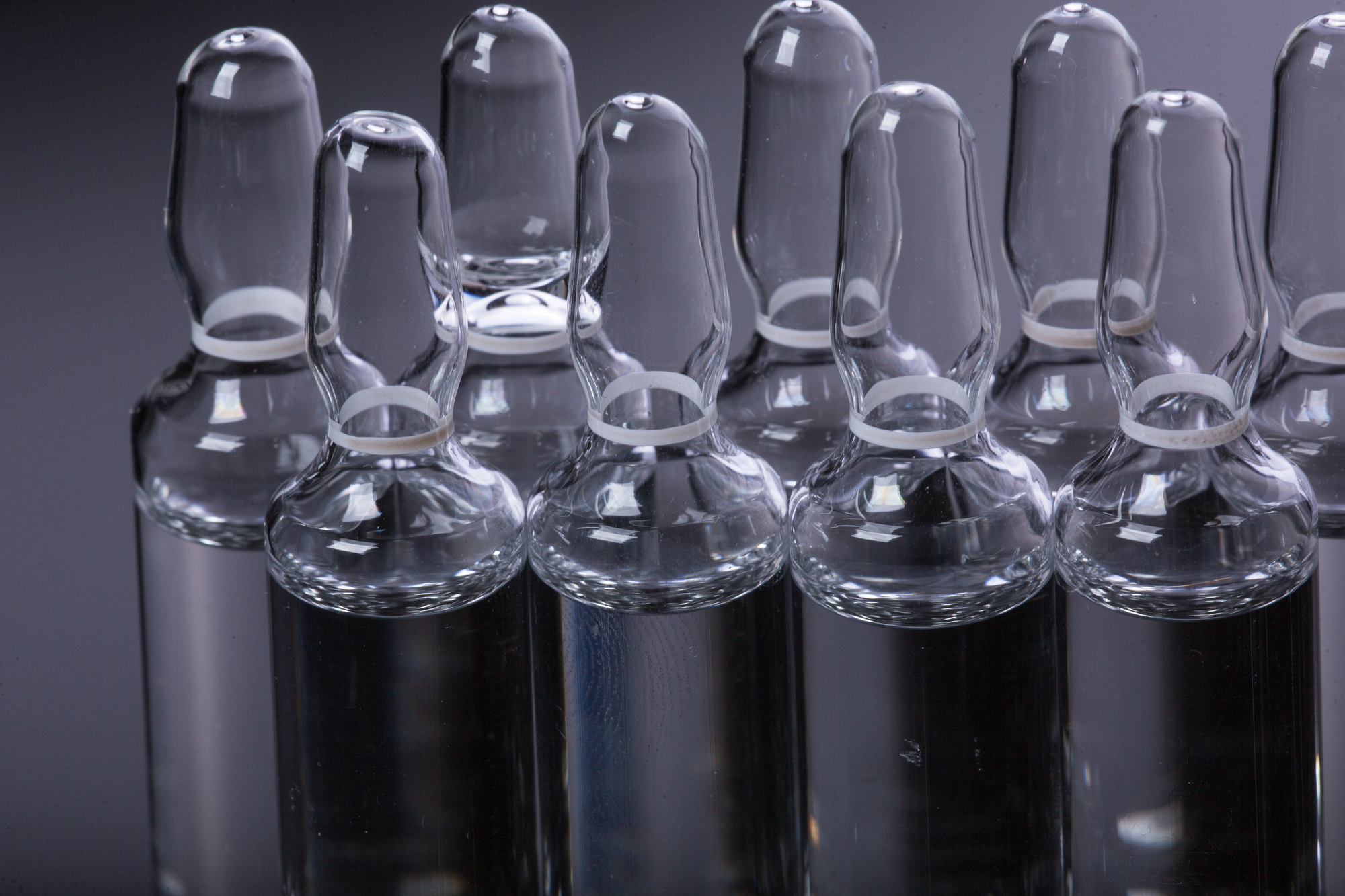Yaroslav Kudlatskyi, head of the Health Research Center at the Kyiv School of Economics, regularly assesses the progress of reforms in Ukraine within the framework of Reform Index project.
Previous interview with Dmytro Naumenko, an analyst at Ukrainian Center for European Policy NGO, is available at the link.
How procurements are made at the MOH, of which stages the procurement cycle of the procurement of medicines and medicine products (devices) consist?
Procurements are divided by level. There are hospitals that can held tenders on Prozorro and purchase the drugs that are on the national medicines list. The fundf for this goes to hospitals through a subventions from the state budget. There are separately defined areas – nosology, where procurements are carried out by international organizations. The Ministry of Health annually prepares a draft budget with approximate estimates of the drugs it plans to purchase. Then, when the budget estimates are already known, the MoH collects the needs for medicines and medical devices in each region and hospital.
The hospital head manager submits these calculations using formulas to the Regional Health Department, which in turn aggregates the information and submits it to the MOH. Then, the needs calculations are aggregated at the central level and a technical task is created, which is transmitted to international organizations. The technical task includes the name of the medicine (INN), the dosage, the drug release form, the quantity and other parameters relevant to the purchase. Thereafter, international organizations conduct tendering procedures in open markets. After the tender, the medicines are delivered to Ukraine and transported according to applications prepared by hospitals in the regions.
The list of medicines and medical products to be purchased is being formulated by a group of experts in the line of work at the Ministry of Health. The Ministry of Health not only purchases medicines but also medical products, such as endoprosthesis, products for cardiovascular disease (stents), tools for surgery, and more.
The MOH website has a “Medicine Procurement” section, and each patient can visit and check what medicines delivered to what region and in which hospital hey should be available.
If to consider such a demanded drug as insulin – how is it procured?
Insulin goes through a reimbursement program – that is, through the purchase (dispensing) of insulin from pharmacies. The question is what price the MOH can recover. There are many manufacturers of insulin, and each has a different price. The special formula determines the maximum price that can be reimbursed – including in comparison to prices in other countries (so-called price referencing).
In practice, it works this way: a patient who needs insulin comes to his doctor, receives a prescription, goes to a pharmacy that participate in the reimbursement program, gives a prescription. Here he has two options: choose basic insulin for free or more expensive, paying the difference of the cost of basic insulin out-of-pocket.
The state allocates funds for this kind of reimbursement, and these funds are evenly distributed across regions and among patients receiving insulin. The complete list of medications is in the description of the “Affordable Medicines” program and the reference price registry – the patient can either receive these medicines for free or pay the difference for the medicines he wants to buy.
From the end of 2015, all Ministry of Health procurement went through international organizations. According to experts, as a result, a considerable amount of money was managed to save . In 2018, SE “Medical Procurement of Ukraine” was created. Why was it decided to create own procurement body? Wasn’t it easier (and better) to continue to cooperate with international organizations?
Comparing the procurement of MoH (tender committees 2011-2013) with international organizations, it can be said that the procedure has become more open and transparent not only for business but also for society. There are many successful cases – but it is necessary to comprehensively analyze purchases during this period, since procurement efficiency is not only about cost savings, but also timeliness of deliveries, quality of purchased drugs, other factors.
International organizations have essentially fulfilled a short-term function – to the point where Ukraine as a state and the MoH as the central executive power will be able to purchase medicines on its own. The changes that were made to the law on public procurement were constantly continued because there were so many problems and they could not be solved in a short time. But the creation of the central procurement agency – State Enterprise Agency on Medical Procurement of Ukraine – became a symbol of willingness to buy medicines on their own.
Indeed, international organizations have the advantages of purchasing certain types of medicines, such as vaccines, simply because of the limited nature of this market. This is a long-term process, with some countries placing vaccine orders five years before the estimated date of consumption of these vaccines. It may make sense to continue purchasing some medicines through international organizations.
But we have other areas where there is a lot of competition and it makes sense to procure and build this capacity in Ukraine on our own. This is confirmed by the first purchases made by SE “Agency on Medical procurement of Ukraine”. For example, the drug Valaciclovir was procured 72% cheaper compared to purchases by other medical institutions, the drug Fluconazole – cheaper by 77%, the drug Azithromycin was procured 5 times cheaper.
About a year ago, as part of an expert group, you began to develop methodologies that can help to identify patients’ needs for medicines and medical products purchased by the state. Tell us about the project.
We helped the MoH to organize the procurement process and worked on the first phase of procurement – identifying the need for medicines.
Before conducting any bidding, you need to know how much should be purchased and where to it should be delivered. When we started work in 2018, we saw a lot of old regulatory documentation with formulas without justification. We started this process. How exactly? For example, there was a formula for calculating that patient A weighing 60 kg needed to buy drug B at a dose of 1.5 μg per 1 kg of body weight. Our task was to verify this calculation, to check whether such a patient with such weight really needed this dosage of the medicine.
We used international health care protocols in our work, consulted with experts, and other independent consultants. Many health care providers tried to overstate the need for medicine because they were constantly coming late – relatively speaking, saying that it was needed not 5 pills, as calculated and confirmed by international protocols, but 10. In this way they were trying to hedge against possible delays in deliveries.
With new techniques it is possible to calculate the need for each patient, taking into account all the clinical features of the patients, which will better meet the patient’s need. The MoH also received a tool for verifying data from regions, which will also have a positive impact on the efficiency of the procurement process. Here is an example. Through statistical analysis, we found that in some areas the distribution of patients by weight was abnormal. According to the data, anomalously many people aged 14-18 were obese. Following such analysis, the MoH may contact the regions to clarify the information on these patients, to check whether these patients exist and whether they actually require such a number of drugs.
As of the end of August 2019, the MoH has implemented 16 methodologies that we have developed. And by these new methodologies the MOH has collected and verified patients’ needs for 2019. The total budget of the programs amounted to UAH 1 billion, and due to the verification, the total order volume was optimized by UAH 102 million, which is 10% of the total budget of these programs.
What is the biggest challenge you can name for medical procurement in Ukraine?
A major problem with procurement is that there are no clearly defined criteria and a mechanism for allocating budgetary funds – this is a major challenge for the MoH in the context of limited funding. Unfortunately, no mechanism has been discovered in all the years of independence. Cerrtain institutions that can prepare calculations for such distribution models are only being created in Ukraine.
One such model could be the economic justification for prioritizing health care costs and interventions (reducing morbidity, extending life expectancy) based on DALY and QALY indicators.
QALY (quality adjusted life years) shows how much costs one year of a patient’s quality life when using different medicines, medical devices, or treatment technologies.
DALY (disability-adjusted life years) shows how many years of healthy living a patient loses. This indicator allows to compare the quality of treatment for a particular disease in different countries. The ministry as a policymaker must determine how much and how QALY should be covered. For example, the cost of a year for patients with cancer may be several times higher than for patients with cardiovascular disease.
Attention
The author doesn`t work for, consult to, own shares in or receive funding from any company or organization that would benefit from this article, and have no relevant affiliations



